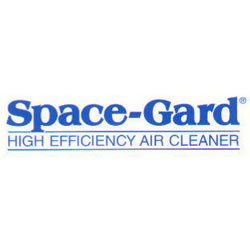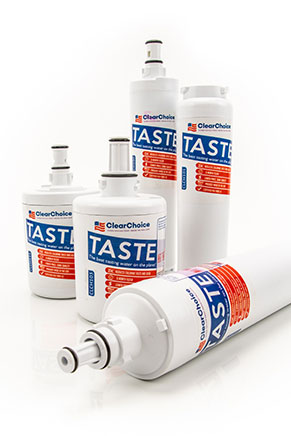Why You Should Care about Indoor Air Quality
Indoor air quality (IAQ) is the condition of the air inside of a building, home or other space. When your indoor air becomes contaminated by pollutants, its quality degrades and your health could suffer as a result. Proper ventilation and quality air filtration can be the keys to improving IAQ – and protecting the health of you and your family.
Causes of Poor IAQ
According to the U.S. Environmental Protection Agency (EPA), the primary cause of IAQ problems in homes is indoor pollution sources. These pollution sources may include but are not limited to contaminants such as:
- Dust
- Pollen
- Mold
- Tobacco smoke
- Radon
- Carbon monoxide
- Asbestos
- Lead
- Household cleaners
- Pesticides
Other contributing factors to poor IAQ are inadequate ventilation and high temperature and humidity levels, reports the EPA.
Effects of Poor IAQ
Poor indoor air quality can compromise your health. When a home’s circulating air contains contaminants, various medical conditions may develop in its inhabitants. These can include:
- Headaches
- Nasal congestion
- Dry eyes
- Dizziness
- Fatigue
- Nausea
Poor IAQ can affect allergies and trigger asthma attacks. Other more serious conditions also can develop when certain dangerous pollutants are present. Asbestos, when its fibers are inhaled, can scar lung tissue and cause a cancer known as mesothelioma. Asbestos is sometimes found in building materials such as ceiling insulation.
The American Lung Association estimates that radon exposure is the second most probable cause of lung cancer in the United States with more than 22,000 lung cancer fatalities each year. Secondhand tobacco smoke contributes to thousands of cancer and heart disease-related deaths each year as well.
Improving your home’s IAQ
You can improve your home’s IAQ by taking these proactive steps:
- Choose environmentally friendly household cleaning products. If you have to open windows when cleaning a room, the cleaner’s fumes are too harsh. Consider switching to natural cleaners such as vinegar and baking soda.
- Go smoke-free. Request that all smokers do so outside.
- Maintain a balanced humidity level, about 50 percent. More than 70 percent humidity and mold issues can develop; below 30 percent and sinus problems, itchy skin and increased static electricity may occur.
- Have your home tested for radon, an invisible gas. Testing kits are available at most home improvement or hardware stores. A radon testing kit also can be ordered from the National Safety Council.
- Install a quality air filter in your HVAC unit. If anyone in your home suffers from allergies, asthma or other respiratory conditions, consider air filters with a MERV 8 or higher rating.
Beyond your home
The luxury of staying home every day is not one many people get to enjoy. Most people spend about 6 to 10 hours in other buildings such as schools and offices. While you can control the indoor air quality in your home, it’s hard to do the same in a public building.
The effects of poor IAQ in schools and office buildings can vary. Improper ventilation and exposure to cleaning products can cause headaches, eye irritations, nausea, and dizziness or trigger allergies and asthma attacks. The American Lung Association and the EPA have partnered to create a Healthy Air at School and Healthy Air at Work program. Kits for these programs aimed at creating the healthiest IAQ for schools and office buildings are available at the American Lung Association site.
Maintaining good indoor air quality can be essential to your family’s overall health. A healthier you can be a happier you. Breathing clean, healthy air is as important as drinking clean, healthy water or eating nutritious foods.

































